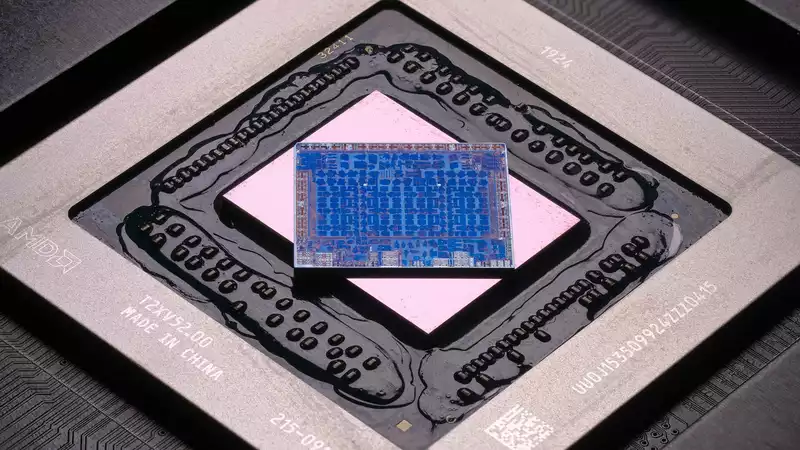AMD is targeting 1440p resolution with ray-tracing technology in its new Radeon RX 6000 line of GPUs. So says Rick Bergman, a senior suit at AMD. Bergman also suggests that AMD's answer to Nvidia's DLSS image quality enhancement technology will not be forthcoming anytime soon.
AMD was conspicuously silent on the ray tracing performance of the RX 6000 series and RDNA 2 architecture when it announced its new graphics cards at the end of October. To some observers, this suggested that AMD was hiding something. After all, if AMD's ray tracing performance was spectacular, surely it would be clearly showcased. But now that the new board is about to be reviewed, Bergman is trying to suggest what we can expect from AMD's new architecture. [Our goal was to provide a great ray-tracing experience at 1440p. That's kind of the performance level we set out to achieve. Now, depending on the specific game, your system, etc., you can see that we are achieving very good overall ray tracing performance."
He also emphasizes that the connection to the console may be critical to ray tracing performance. Of course, AMD's RDNA 2 technology powers the graphics in Sony's new PS5 and Microsoft's Xbox Series X. Bergman suggested that this means that RDNA 2 will set the standard for game developers to work to when it comes to ray tracing. [As you know, the RX 6000 series uses the basic RDNA 2 architecture, which is also used by Sony and Microsoft. Perhaps more than any other feature, our strength is that we are a silicon provider for gaming consoles as well as PCs. [It] obviously has a tremendous impact on ISVs in terms of platform direction, the best way to implement ray tracing, and the right balance of features to implement for the right performance level," he says. [Nvidia's RTX technology may be faster in ray tracing, but that won't necessarily be an advantage if the game is coded to run fast enough on RDNA 2.
Of course, if Nvidia does have an advantage in ray tracing, it could come from DLSS technology. Bergman confirmed that AMD's answer to DLSS, known as FidelityFX Super Resolution, is on the way. However, it appears we will have to wait a while. [At the moment we are working with ISVs. AMD's approach with this type of technology is to ensure broad platform support and not require proprietary solutions supported by ISVs. That is our approach. Next year, we will have more details," Bergman said.
Through next year is not likely to reveal more details so soon. We will have to wait and see how significant that will be in the broader battle with Nvidia.


Comments